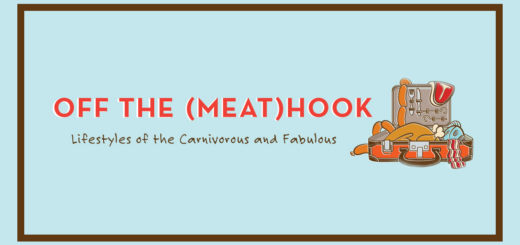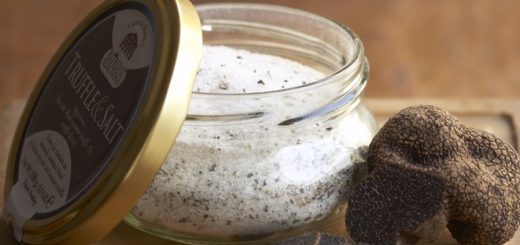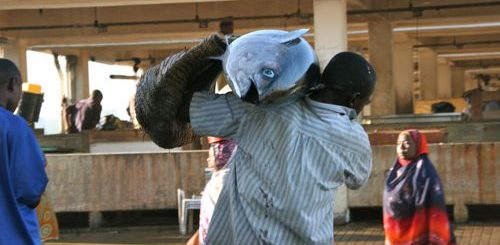{saucy getaway} Strolling Streets and Sampling Treats in Puebla, Mexico
A few months ago, I posted about some of my favorite things to do in Cholula, Mexico. This is the companion post, about Puebla. (If you go to Puebla, you will go to Cholula, and vice-versa–partly because they are both fabulously interesting places and mostly because they are only about a 15 minute drive from one another.)

Puebla, Mexico’s fifth largest city, is a 2 hour bus ride from Mexico City airport, and can easily be reached via airport bus–they run every half hour, and are very nice and comfy. It’s an excellent place for a long weekend, and after visiting, I’m adding it to my list of favorite Mexican cities. (If pressed, I would say Guanajuato and Mexico City round out the top three.)

Puebla is the birthplace of that most complex and unique of sauces–the dark brown, chocolate-laden mole Poblano (get it? Puebla? Poblano?) But there are actually many excellent moles besides the Poblano variety, like green pípian made with a blend of tomatillos and pumpkin seeds, the red pípian rich with tomatoes and peanuts, and the manchamanteles (“tablecloth stainer”)–deep red with guajillo chiles and a hint of cinnamon. You will have to try as many as possible, naturally. The best place to do that is Mesónes Sacristía. They have rooms there too, in case you want a short walk to lie in bed after your molextravaganza. It’s on a colorful street in an area known as Los Sapos (“The Toads”)–and the adjoining plazas have a hodgepodge of a flea market on weekends.

You can also eat your fill of the wonderful, fabulous, excellent (can you tell I like them?) tacos arabes (“Arabian tacos”). In the Cholula post I compared them to Salma Hayek because they are the best possible combination of something Middle Eastern (a shawerma) and something Mexican (a taco.) The description is apt.

The best place for tacos arabe in my humble opinion is Las Ranas. El Sultan is a close second (no website to be found, but there is a branch on 5 de mayo, just off the Zócalo.) Ordering is a little confusing, but here are some rules of thumb: gringa means you’ll get cheese, and arabe means you’ll get a thicker, more flatbread-like tortilla vs. ordering it with maíz (a tiny corn tortilla) or harina (a bigger flour tortilla.) In all cases you’ll get onions and cilantro. If you ask for it con piña, they’ll lop off a chunk of fresh pineapple warmed on top of the spit. My husband swears this is the only way to go but as for me I will stick with my gringa arabe just as is. It’s cheap, too! Two people with full panzas (bellies) for a couple of bucks.

If you didn’t get full on your tacos, a popular street snack is salty potato chips that get a dose of fresh lime and hot sauce to your liking. You’ll be fighting over the soggy ones at the bottom.

For something on the fancier side, a Poblano fusion meal at La Purificadora is a nice experience, and in a stunning building to boot. The building incorporates old, new, and recycled elements to great aesthetic effect. La Purificadora is also a hotel, but it’s not in the best of locations for walking around, and I’ve heard that it can be very loud with the rooftop bar going until the early hours of the morning. Head up to the top floor to check out the 30 meter clear glass swimming pool–an anomalous modern sight against a backdrop of colonial-era churches.

No trip to Puebla would be complete without sampling pasita or rompope at La Pasita. Rompope is a close relative of eggnog that’s made by nuns. Pasita is a raisin wine that comes with a cube of cheese in it, a surprisingly good combination. Go ahead, try one of each. Try two of each. Try three of each. Oh wait, now you can’t stand up. Go back to two.

But don’t think of this as a bar–think of it as an afternoon treat, because it closes very early (5:30 on some days, 2:00 on other days.)

Whenever we’re in Mexico, we get in the habit of drinking Herradura Reposado as a sipping drink. (We learned it from my Dad.) At nice places you’ll get a side shot of sangrita to go with the tequila, which is kind of like bloody mary mix. Both La Purificadora and Mesónes Sacristía had excellent homemade sangrita.

One local food that I will admit I was underwhelmed by were the cemitas. It was just a sandwich on a sesame seed bun. Nothing spectacular or even very good about it and that’s after a long walk to seek out the cemitas spot.

I would recommend staying in the Centro Histórico–we enjoyed El Sueño for the location, price, comfort, and tranquility. Also for the excellent chilaquiles verdes we could order for our included breakfast. Mesónes Sacristía, mentioned above, is also highly recommended and in a great location. Both are just a couple of blocks from the Zócalo (main square), which is great for strolling, sitting and sipping a beer, having a snack, or just plain people-watching.

If you’re lucky, there might be a giant high school marching band competition in the Zócalo!

If you’re unlucky, there might be clowns. (I don’t like clowns! I used to have an email address that was karen@ihateclowns.com. Can you believe that?)

A lot of people ask me if I feel safe in travelling in Mexico, considering all of the frightening news stories we hear about drug cartels, kidnappings, beheadings, and so forth. Geographically, Mexico is not a small country; the entire area is about 7 times the size of California. Logically, there are places that are more safe and places that are less safe. Of the many towns and cities I’ve visited, Puebla feels like one of the safest. Throughout its history, the Puebla area has consistently been quite prosperous, because of steady growth in industry, mining, and agriculture. They also produce and export the famous Talavera tile, which adorns the outsides of many a building.

What I’d like to stress, however, is not the demographics and statistics about Puebla’s safety, but rather the fact that I really felt safe, at least in the central areas of town. Walking around town one night, we turned on to a particularly dim street. I heard footsteps behind me and with a quick glance around, realized we were alone on this darkened street. I gripped my husband’s arm a little tighter and quickened my pace. The person behind me started walking faster, too. Just as I was starting to get into full panic mode, sure he was an assailant ready to kidnap the silly gringos who walked the dark streets at night, he passed and gave us a look. Dressed impeccably from head to toe, he was sartorially synchronized with the hippest of hipsters, complete with chunky glasses and jaunty scarf. His skinny jeans probably cost more than my plane ticket. He turned and looked at us as though he was afraid that WE were the errant street thugs that he should fear. My husband and I started laughing as this erstwhile kidnapping fiend headed into the Funky Monkey. In short, we decided Puebla was pretty non-threatening.

Between La Purificadora and the Centro Historico you will find El Parian, a pedestrian plaza dotted with artists’ ateliers. Not all of the art is top-notch, but it’s fun to see a mix of young and old honing their skills and offering their paintings. It eluded me on first pass, so here’s how to find it: it’s parallel to, and in between, 6 Nte and 8 Nte, in the section between 2 Ote and 4 Ote. In the evening, the ateliers close, and the restaurants and bars open up. Chairs and couches are pulled out on to the plaza, where talented, tortured university students with guitars croon to earn cigarette money.

There are also two fantastic small museums in Puebla. Museo Amparo has a beautifully curated collection of pre-colonial art, and a colonial era home set up with artifacts and furnishings. Galería de Arte Moderno y Contemporáneo (tucked behind La Purificadora) has a small but extremely compelling modern art collection, and is housed in an architecturally interesting building that combines old and new structures. There is also a lovely neighborhood park with meandering trails and some sculpture nearby. We caught a pretty teenager taking her quinceañara (Sweet 15) photos.

We also saw a guy in a full-on homemade Optimus Prime costume nearby, but I think that’s somewhat less typical.







2 Responses
[…] Puebla State, Mexico :: Trans-Americas Journey Taco Cuervo in Bucerias :: Cooking in Mexico Strolling Streets and Sampling Treats in Puebla Mexico :: off the (meat) hook Mexico Through the Lens of Photographer John Mitchell :: The Mexico Report […]
[…] a spiced tomato sauce. However, after spending a long weekend in the neighboring Mexican towns of Puebla and Cholula, we kind of got hooked on chilaquiles verdes–made with a green tomatillo sauce in […]